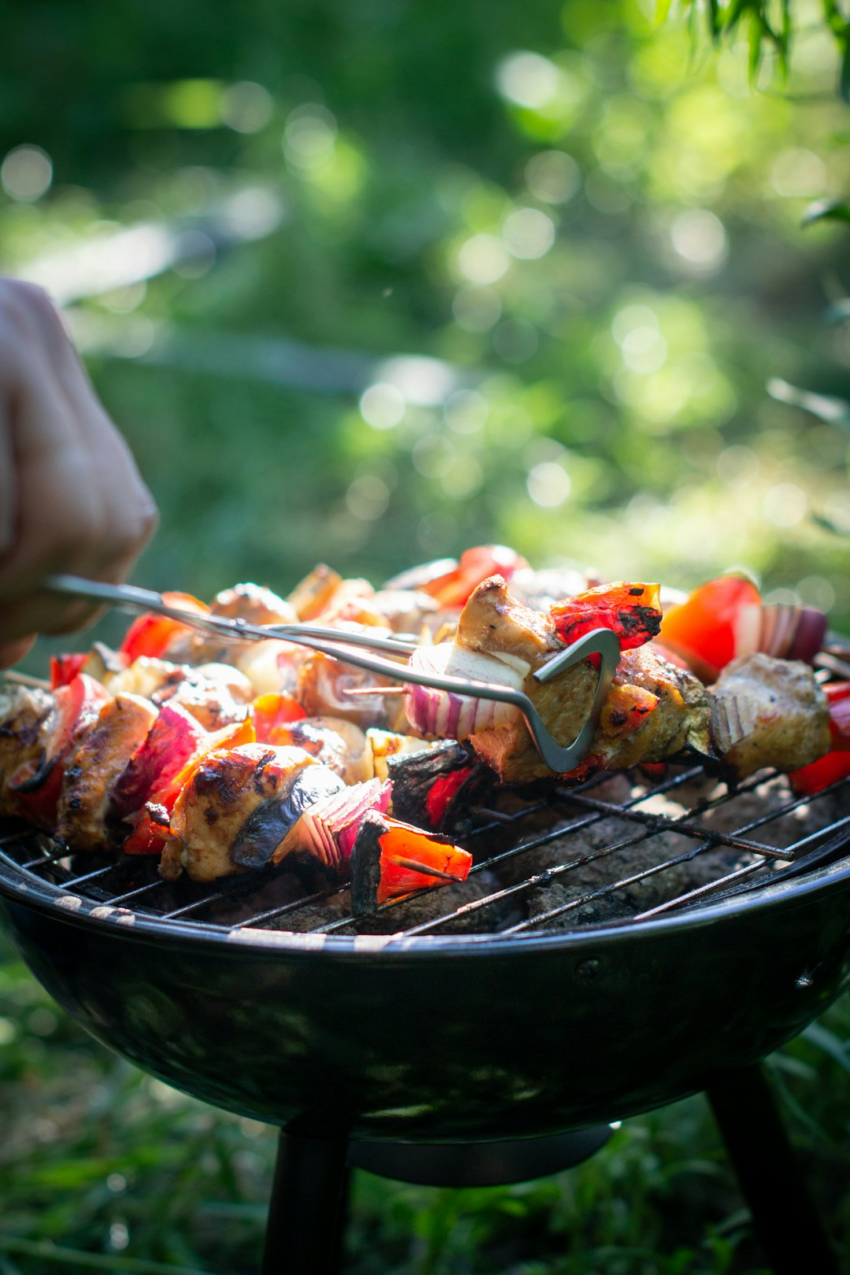Understanding rib types (baby back, spare, St. Louis) & fat content is key to grilling perfect BBQ ribs. Choose meaty cuts with good marbling for maximum flavor & tenderness. Prepare by removing membrane, drying, seasoning with paprika, garlic, salt, pepper, brown sugar, then let sit before grilling.
Looking to perfect your BBQ rib game? Selecting the best ribs for grilling is an art, and understanding the various types and factors involved can elevate your BBQ experience. From beef to pork, this guide breaks down different rib cuts, essential considerations, and secrets to choosing tender, juicy ribs that’ll impress. Learn how to prepare them before cooking to unlock a mouthwatering BBQ rib recipe success.
- Understanding Different Rib Types for Grilling
- Factors to Consider When Choosing Ribs
- Tips for Selecting Tender and Flavorful Ribs
- Preparing Ribs Before Grilling Your BBQ Recipe
Understanding Different Rib Types for Grilling
When it comes to grilling the perfect BBQ ribs, understanding the different types available is key. Ribs can be broadly categorized into two main groups: baby back and spare ribs. Baby back ribs, as the name suggests, come from the lower back of the animal, close to the spine. They have less fat marbling than spare ribs but offer a tender, meaty texture with a distinct flavor profile. This makes them a popular choice for BBQ rib recipes that focus on a more delicate taste.
Spare ribs, on the other hand, are cut from the belly of the pig and are known for their abundance of meat and fat. These ribs tend to be sturdier and require longer cooking times to achieve the same level of tenderness. Despite this, spare ribs offer an incredibly juicy and flavorful result, making them a favorite among grilling enthusiasts who enjoy a hearty, smoky BBQ rib dish. Whether you opt for baby back or spare, each type brings its unique characteristics to the table, ensuring your grilled ribs are truly memorable.
Factors to Consider When Choosing Ribs
When selecting the best ribs for grilling, several key factors come into play. First and foremost, consider the cut of the ribs—baby back, spare rib, or St. Louis-style—each with unique characteristics and levels of marbling (fat distribution) that impact flavor and tenderness. Opting for high-quality, well-marbled cuts ensures a juicy and flavorful BBQ ribs recipe when grilled to perfection.
Additionally, age is a significant indicator of taste. Younger pigs generally produce milder, more delicate ribs, while older ones offer richer, deeper flavors. Check the packaging or source reputable butcher shops for specific information on rib origins and ages to make an informed choice, enhancing your grill experience with every mouthwatering bite of your BBQ ribs recipe.
Tips for Selecting Tender and Flavorful Ribs
When selecting ribs for grilling, your ultimate goal is to find those that are both tender and packed with flavor. Start by looking for ribs with consistent meat attachment—the meaty portion should be firmly attached to the bone, while the thin membrane on the other side should be removable. This ensures that each bite is filled with rich, savory flavors.
Choose ribs that have a good balance of marbling—the fat streaks running through the meat. While it might seem counterintuitive, this fat adds moisture and flavor, keeping your bbq ribs recipe tender and succulent during the grilling process. Opt for meaty rib cuts like baby back or spareribs, which are known for their tenderness and abundant taste, making them ideal candidates for a delicious grill experience.
Preparing Ribs Before Grilling Your BBQ Recipe
Before grilling your favorite BBQ ribs recipe, proper preparation is key. Start by selecting high-quality ribs that are meaty and have a good marbling of fat. This ensures even cooking and maximum flavor retention. Once chosen, remove the membrane on the bone side of the ribs; this thin, tough layer will prevent the meat from becoming tender. Rinse the ribs under cold water and pat them dry with paper towels to create a slightly sticky surface that will help in the grilling process.
Next, apply a dry rub or marinade to infuse the ribs with spices and flavors. A good BBQ rib recipe often involves a blend of paprika, garlic powder, salt, pepper, and brown sugar. Rub this mixture all over the ribs, making sure to coat both sides evenly. Letting the ribs sit for 30 minutes to an hour will allow the seasonings to penetrate the meat, enhancing the overall taste experience when grilled.
